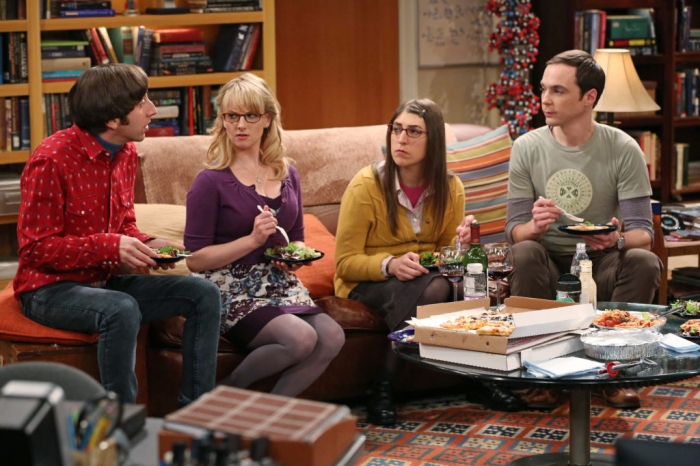Sweeten the sound by adding a laugh track! “Sweetening,” or the addition of sound effects such as laughs, hollers, and other audience-produced noises to the audio track of a TV show, has been used since the 1940s to feign the appearance, or rather the sound, of an engaged and entertained response to a show’s comedy. Laugh tracks originated as not only a fix, and sometimes replacement, for an unengaged live audience but also as a way to engage an at-home audience into a more-traditional, communal, and theaterlike experience. Adding a laugh track to a television show makes the viewers at home feel much less like they’re sitting on a couch staring at the television screen and much more like they’re in a room full of laughing happy people (to varying degrees of success).
Though the art of sweetening has fluctuated in popularity over the past 60 years, credit for its creation and continued use is owed to laugh-track pioneer and sound engineer Charles Douglass. Douglass was the first to develop, in 1953, a machine for producing fake “canned laughter,” accessible at the push of a button or pull of a lever. Despite being artificial, sensibly edited laugh tracks are found by television studios to induce a positive audience response, as their use is usually accompanied by higher ratings and increased audience retention. Though some television audiences may disagree with the value of the laugh track, the gleeful and repetitive sound holds a permanent place in the history and future of television comedy.
More about:
















































